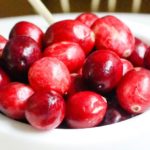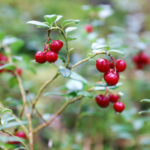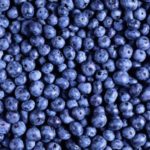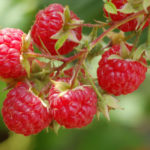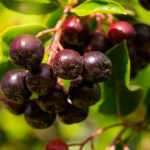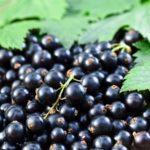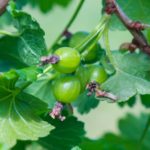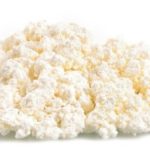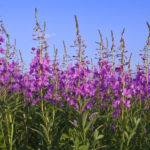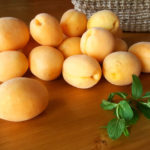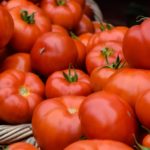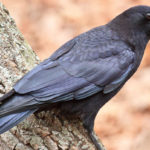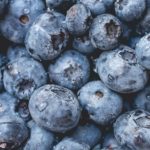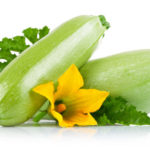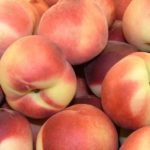Interesting facts about cranberries
 Cranberries are a delicious berry, moreover incredibly useful and rich in various vitamins. However, about the taste can be argued – not all people like cranberries, but everyone recognizes that it is extremely useful for the body. It can be eaten fresh, but you can, for example, cook from it compotes and jams, or put it in tea. In addition, cranberries, when frozen, preserve for a long time both their own benefits and taste qualities.
Cranberries are a delicious berry, moreover incredibly useful and rich in various vitamins. However, about the taste can be argued – not all people like cranberries, but everyone recognizes that it is extremely useful for the body. It can be eaten fresh, but you can, for example, cook from it compotes and jams, or put it in tea. In addition, cranberries, when frozen, preserve for a long time both their own benefits and taste qualities.
The Latin name of cranberry Oxycoccos literally translates as “sour berry”. The origin of the Russian word “cranberry” is still not clear.
Every year, one small shrub shrub brings 200-300 berries.
Cranberries grow in extremely damp places – for example, in swamps and wet shores of lakes. It is often found in the neighborhood of cowberry.
Cranberries are extremely useful for health due to the high concentration of vitamins C, Group B, PP and K1. By the number of these substances, cranberries are not inferior to citrus, cabbage and strawberries. Berries also contain a large supply of potassium, phosphorus, calcium, iron, iodine and magnesium.
It has been scientifically proven that cranberries have an anti-inflammatory effect and protect against stress or depression.
Cranberries are used to make a mass of dishes and drinks: the leaves are a good substitute for tea, berries are prepared from berries, fruit jelly, jam, juices, marmalade, sauces and kvass. Tart berries have become a very popular addition to alcoholic beverages and raw materials for various tinctures.
A unique feature of cranberries – berries, stored in wooden barrels with water, remain fresh for a whole year, until the next harvest. Cranberries can also be stored for the whole winter, soaking in a weak sugar syrup.
Cranberries are used in medicine as a cure for scurvy, with angina, colds, urinary tract infections, rheumatism and beriberi.
The world’s largest producer of cranberries – the United States. Cranberry fields also exist on the Canadian, Polish and Belarusian territories.
In the USA and Canada, large-cranberry cranberries are grown, which does not sink in the water due to the presence of chambers with air in the berries. This is one of the few berries that can stay on the water. Before harvesting, plantations are flooded, berries float to the surface, and they can easily be collected with the help of special machines.
In 1964, the Soviet Union issued a postage stamp on which was bright red cranberries.
Birch and flowering cranberry adorn the coat of arms of a commune in Switzerland called Bezenbüren.
Since the 1980s, cranberry juice is often used to make films as a substitute for blood.
Berries of cranberries are almost entirely (by 90%) composed of water.
It is customary to collect cranberries twice a year – in the fall and with the onset of frost just before the beginning of winter.
The ripeness of cranberries can be checked by throwing berries on a table – mature cranberries should jump.
Cranberry since 1994 is considered the official fruit of the American state of Massachusetts.
Cranberry bushes can survive up to hundreds of years.
Most often cranberries do not grow more than 30 centimeters, but some species reach a height of 1.5 meters.
The sauce of cranberries was first conserved in 1912.
On the American continent, the Indians used cranberry pasta to extend the shelf life of dried meat – to achieve the result, these products were enough to mix.
